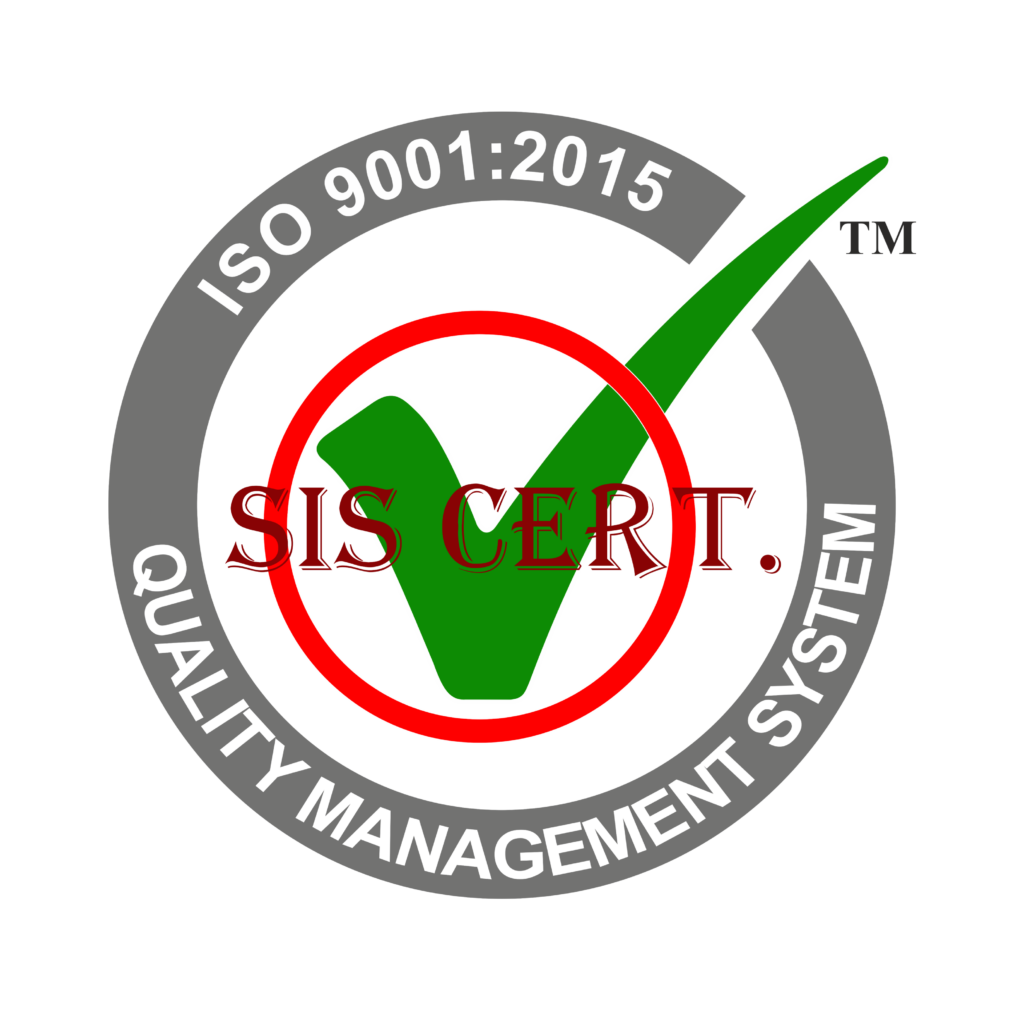As the world continues to evolve, the stainless steel manufacturing process must also adapt.
Modern trends in steel production focus on automation, efficiency improvements, quality assurance, data-driven decisions, and innovative equipment.
By staying ahead of the curve and embracing these future trends, manufacturers can ensure their steel production is future-proofed and remains competitive in the global market.
Key Takeaways
- Automation revolutionizes production processes in the stainless steel industry, providing better accuracy, cost savings, and improved safety.
- Implementing more efficient processes, technologies, and equipment such as 3D printing, laser cutting, and robotics, can cut costs and reduce production time.
- Quality assurance is crucial in maintaining durability and consistency of stainless steel products, and integrating automated systems can help maintain quality standards throughout production.
- Leveraging data and digital tools allows for informed decision-making, efficient production methods, and identifying areas of improvement, ultimately creating a secure foundation for future success in the steel manufacturing process.
Automation
Utilizing automation in the stainless steel manufacturing process is becoming increasingly important for businesses’ future success. From the onset of production to the quality assurance process, automated systems can provide better accuracy, cost savings, and improved safety. Automation has already revolutionized production processes in the stainless steel industry, and the introduction of more sophisticated technologies will only increase the potential for further automation.
Outlining the focus and context for future trends in stainless steel manufacturing process is essential for successfully deploying automated systems. Companies need to understand the capabilities of existing technologies and anticipate potential changes in the industry. Research and development teams need to identify areas in which automation can improve production efficiency and accuracy.
Additionally, businesses need to consider the potential costs and safety benefits associated with the implementation of automated systems in their production processes. By using the latest automated technologies, businesses can ensure they stay on track to future-proof their stainless steel production.
Efficiency Improvements
One of the most effective ways to future-proof stainless steel production processes is through efficiency improvements. Companies must look for ways to reduce energy consumption, minimize waste, and increase output without compromising on quality. This can be done through a combination of implementing more efficient processes, technologies, and equipment.
Modern tools like 3D printing, laser cutting, and robotics can help cut costs by reducing labor and machinery costs. Furthermore, it can also help reduce production time, enabling companies to produce more in less time. Companies should also invest in new technology that can monitor and control the production process, ensuring that production runs as efficiently as possible.
In addition, companies should consider ways to improve their supply chain processes as well. This can be done by implementing systems that can accurately track and monitor materials used in production processes, as well as streamlining the purchasing process. This can help ensure that companies have the right materials on hand when needed, leading to greater production efficiency.
Finally, companies should explore ways to reduce their carbon footprint. This can be done through improved energy efficiency, as well as investing in renewable energy sources. By doing so, companies can not only save money on energy costs, but also help preserve the environment.
Quality Assurance
How can companies ensure that they maintain their high quality standards while future-proofing their stainless steel production processes?
Quality assurance is essential in the production of stainless steel, as it ensures the durability and consistency of the product. Companies should focus on adopting modern technologies and techniques that can improve quality assurance.
Automated systems can be integrated to ensure that quality standards are consistently met throughout the manufacturing process. For example, the use of artificial intelligence (AI) and machine learning can help identify and address any quality issues quickly and efficiently.
Companies should also invest in advanced testing equipment and protocols to ensure that their products meet the required quality standards.
Finally, companies should ensure that their employees are adequately trained to handle the latest technologies and implement the necessary quality control measures.
Data-Driven Decisions
By leveraging data-driven decision-making, companies can ensure that their stainless steel production processes are future-proofed. With the ability to collect vast amounts of data from within the production process, steel manufacturers can make informed decisions that go beyond the scope of traditional quality assurance methods.
Utilizing digital tools and analytics, companies can determine the most efficient production methods, identify areas of improvement, and detect potential errors before they happen. This data-driven approach allows for a more informed decision-making process, ensuring maximum effectiveness and quality.
Data-driven decision-making can also help steel manufacturers to stay ahead of the competition when it comes to new technologies. By leveraging data to identify potential trends and opportunities in the industry, companies can plan and prepare for the future with confidence.
Finally, data-driven decisions can reduce the risk of costly mistakes and help to ensure that steel production processes remain cost-efficient and sustainable. By using data to identify areas of improvement, companies can reduce waste and increase efficiency, creating a secure foundation for future success.
Innovative Equipment
The future of stainless steel manufacturing processes is dependent on the implementation of innovative equipment and technologies. Many companies are investing in automated production systems and robotics to increase efficiency and accuracy in their processes. In order to remain competitive in an ever-evolving market, businesses must embrace advanced technologies that will allow them to produce higher quality steel products more quickly and cost-effectively.
The use of intelligent machinery or smart sensors can help manufacturers better monitor and control the entire production process. This can lead to a reduction in energy usage and improved safety for workers. Additionally, advanced technologies can provide real-time data to help companies identify problems and develop solutions quickly.
The introduction of 3D printing has also opened up a world of possibilities for stainless steel production. This technology makes it possible to produce complex parts and components that would otherwise be impossible to create. 3D printing can also reduce the cost of production and lead to shorter lead times.
The use of AI and machine learning can help businesses identify patterns and trends in their data, allowing them to make smarter decisions and optimize their processes. AI-powered technologies can also help increase production speeds and reduce errors.
In order to remain competitive in the future, companies must invest in innovative equipment and technologies. By embracing cutting-edge solutions, businesses can remain ahead of the curve and benefit from increased efficiency and productivity.
Frequently Asked Questions
What Are the Primary Drivers of the Future Trends in Stainless Steel Manufacturing?
The primary drivers of the future trends in stainless steel manufacturing are technological advancements, market demand, and environmental regulations. These elements are essential for providing sustainable, efficient, and cost-effective solutions.
What Kind of Investment Is Required to Future-Proof a Stainless Steel Production Facility?
Investing in the latest technology and processes is essential for future-proofing a stainless steel production facility. Upgrading equipment and modernizing processes will ensure the facility is prepared for future trends.
What Are the Potential Risks Associated With Implementing New Technologies in Stainless Steel Production?
Implementing new technologies in stainless steel production can involve potential risks such as cost overruns, unforeseen technical issues, and disruption to operations. Careful planning and monitoring is essential to ensure successful implementation.
What Are the Benefits of Investing in Data-Driven Decisions for Future-Proofing Stainless Steel Production?
Investing in data-driven decisions can help ensure stainless steel production remains competitive and efficient. It enables better decision making, resulting in improved productivity and cost savings.
How Can Stainless Steel Production Operations Be Made More Cost-Effective in the Future?
To make stainless steel production more cost-effective in the future, operations should focus on embracing new technologies and data-driven decisions to streamline processes and reduce costs.
Conclusion
Steel production is quickly becoming a future-focused industry, with advancements in automation, efficiency, quality assurance, and data-driven decision-making all contributing to improved production processes.
As the industry continues to evolve, it is important that steel manufacturers embrace these trends in order to remain competitive in the global market.
By investing in innovative equipment, manufacturers can ensure that their production processes are future-proof and can remain on the cutting edge of stainless steel manufacturing.


